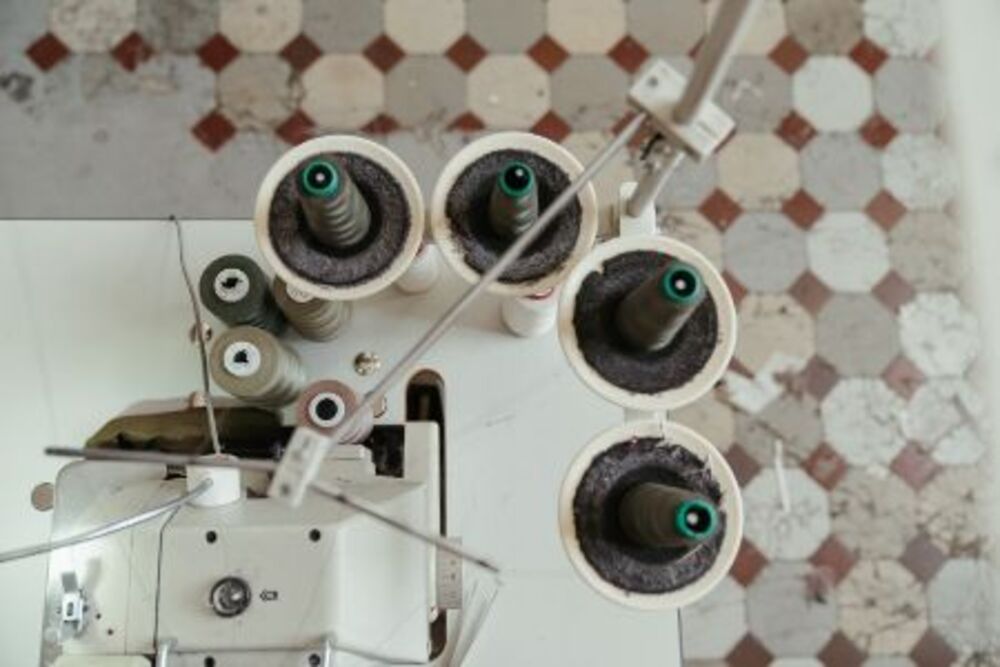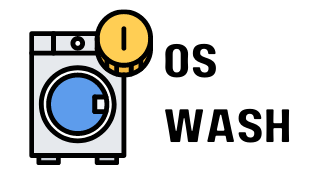How to Use a Sewing Machine

Using a sewing machine is a great way to produce a professional quality product. But there are some things to keep in mind when it comes to how to use one. This article will walk you through some of the basic features you should keep in mind as you sew.
Lock stitch
A Lock stitch is a basic technique for sewing. It is a strong, resilient stitch that uses a single needle and bobbin thread to make a small series of straight stitches. These stitches are used for seaming operations on all types of garments.
Lock stitches are useful for creating a straight row of stitches that are the same distance apart. This makes it possible to create a finished seam on the front and back of fabric. They are especially helpful when working with sheer fabric.
Lock stitch is not like other sewing methods. This is because the thread is wrapped around the fabric before a stitch is formed. The thread is then looped around the fabric to form a loop with its top thread.
The lock stitch machine’s hook and loop system ensures that the thread stays in place. It prevents threads pulling out of the material. Look out for the best embroidery machine for beginners.
The stitch can be made by hand or by a sewing machine. Many machines have a feature that allows you to sew the same stitch forward and backward. This feature can be a huge help to quilters and other quilters.
Serger
A serger is a great tool for anyone who sews clothing or other garments. It prevents things from fraying and unraveling. It also makes finished seams look professional.
The simplest serger uses one or two needles to hold the fabric together. It may also use jet air puffs depending on the model to push the thread through tubes.
There are many types of sergers to choose from. Your budget, sewing experience and fabric will all play a role in choosing the right serger for you. Some sergers can accommodate eight spools of thread while others only have three or four.
The most expensive models are pricier than the average home sewing machine, but they can handle heavy fabrics and offer automated features like stitch length and width. Luxury brands like Bernina and Juki sell machines that cost as much as $8000.
For those who sew as a hobby or for personal use, a serger is not necessary. A serger is essential for those who intend to sell their creations.
A serger is also a good choice for rolled hems on sheer fabrics. They can also be used to create decorative techniques like blind hems or piping. They are also safe to use if you carefully follow the instructions.
Overlocker
Depending on your sewing skills and needs, an overlocker for sewing machine can be used for a wide variety of purposes. From hemming and finishing, to decorative edging, this piece of equipment can help you make your garments last longer, look better, and even get more bang for your buck.
The overlocker’s ability to stitch multiple threads into fabric allows it to achieve a wide range of finishes. It can be set up to create different types of finishes, including rolled hems, pintucks, and decorative stitches.
The overlocker’s ability adds strength to seams, resulting in long-lasting fabrics. It can also make seams more professional-looking.
The overlocker’s differential feed mechanism makes it easy to create gathers and pintucks. It can also create decorative ruffles. Some overlockers have a knife that can be used to trim the edges of the seam.
The overlocker’s newest entrant is the serger, which is actually a specialized sewing machine. It does a few things the regular machine cannot do, such as sewing a straight stitch and preventing fabric from fraying.
It’s not for everyone, but if you need to create a professional looking finish on your sewing projects, it’s worth it. It’s also cheaper than buying a machine sewing, and can help you get more out of your handmade creations.
Thread take-up lever
Having a thread take-up lever for your sewing machine can help you keep your thread from untwisting, clinging, or breaking. It can also give you a better stitching experience.
You can find the thread take-up lever on most home sewing machines. It is located above your presser foot. This is where you rest the needle when you sew. To raise the needle, turn the hand wheel in the direction you are sewing. When you’re done sewing, it should be at its highest point.
The take-up lever can be a confusing piece of machinery, since it’s made up of a number of components. Here are some things to help you understand the take-up lever.
The take-up lever’s primary function is to release tension from both the top and bottom threads. This makes it easier for the fabric to be pulled away from the pressure foot. Depending on the model, the take up lever may have an additional metal plate or spring. The manual will provide more information about the mechanism of the lever.
The take-up lever is driven by a crank on the upper arm shaft. It functions in the same way as the needle bar but is delayed by an additional link.
Needle camp
The first step in a successful sewing project is choosing the right needle. The correct size will ensure the stitching will be straight and beautiful. It is also essential to choose the proper thread. A project can be destroyed by poor thread.
If you’re using synthetic fabrics like rayon, polyester, nylon, or Lycra, you’ll need to use a larger needle. These materials can dull needles and may require a replacement halfway through a project.
When sewing with knit or woven fabrics, it’s important to choose a sharp needle. The sharp point of a needle will help produce topstitching that looks beautiful.
It is also a good idea not to use needles with burrs. These can cut or damage the fabric. This can cause your stitching to be faulty.
If you want to work with finer fabrics, you’ll want to use microtex needles. These needles are sharp and create tiny holes in the fabric. They are ideal for working with cotton and other fine fabrics.
The LR point needle is another type of needle that cuts thread at a 45 degree angle. These needles are often used for decorative seams on leather.
Thread spobest embroidery machine for beginnersol pin
A thread spoolpin for your sewing machine is essential because it will hold your thread in place. The spool pin will also help your sewing machine go smoothly.
There are two types of spools available: horizontal and vertical. The vertical spool is a little larger, and it provides more movement. The horizontal spool is smaller, and will prevent your thread from getting caught in the notch. Both spools require Spool Pin Felt in order to function properly.
Spool Pin Felt is a small piece of fabric that allows your spool to turn freely. It is usually circular in design, and it is a bit thicker than the average piece of felt. It will save you time and frustration.
You can find Spool Pin Felt at most stores. It will make your sewing machine run smoothly by reducing noise and tangling. It will protect your spool against scratches and other damage. It is best used with heavier thread spools.
There are many sizes and shapes of spool pins. Different manufacturers may have different sizes. Some models may only have one spool pin, others may have two. Check the manual for your particular model.
Handheld models
A handheld sewing machine is able to help you sew simple garments, repair damaged pockets, or patch up jeans. However, it’s important to choose the right model to ensure you get the best results.
Because they don’t require electricity, sewing machines that are battery-operated are easier to use. These models are especially ideal for traveling and on-the-go repairs.
The SINGER handheld sewing machine has a smooth stitching mechanism that’s suitable for a wide range of fabric types. It’s also a battery-operated model, which makes it convenient to carry. You can choose from two sewing modes: one to do basic projects and another to do advanced hemming.
YUESEN’s automatic handheld sewing machine has a compact design and perfect emergency stitches. It’s perfect for beginners and children. It also comes with an extended workbench and a carry handle for easy transportation.
The versatile SINGER 770 handheld sewing machines has a tension control and rotary wheel adjustment. It works well with fabric up to 1.8 millimeters thick.
This is a great buy if your first sewing machine or if it’s your first. It comes with a threader and spindle. It also includes two extra bobbins with thread.
Using a sewing machine is a great way to produce a professional quality product. But there are some things to keep in mind when it comes to how to use one. This article will walk you through some of the basic features you should keep in mind as you sew. Lock stitch A Lock stitch…

